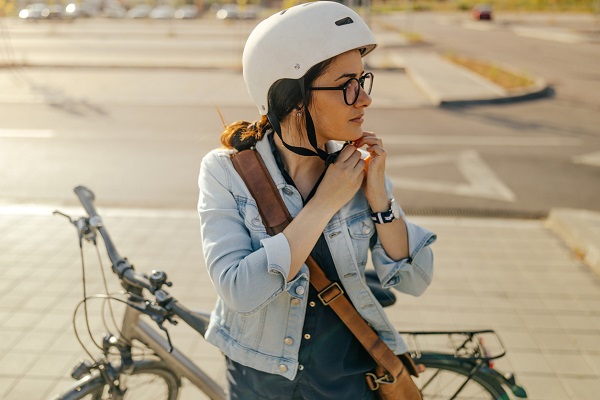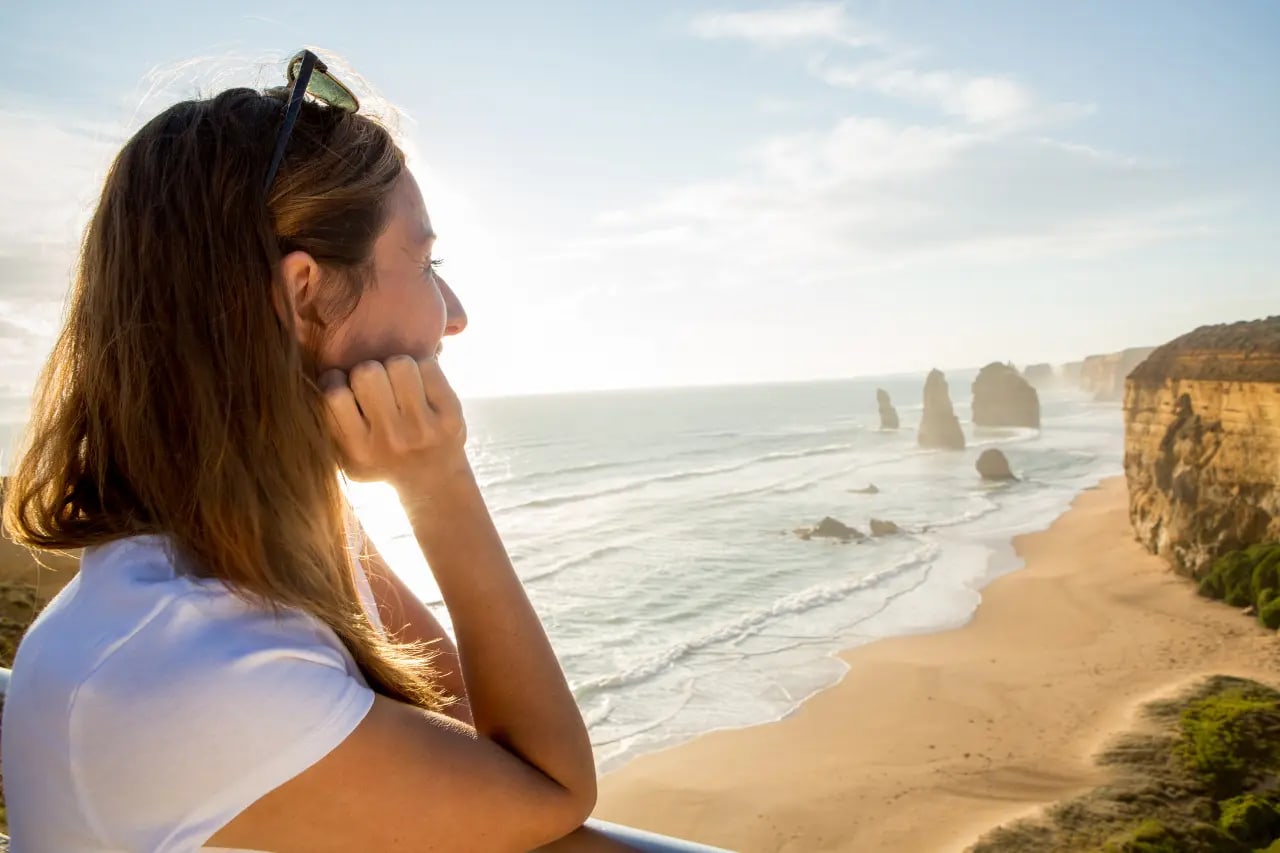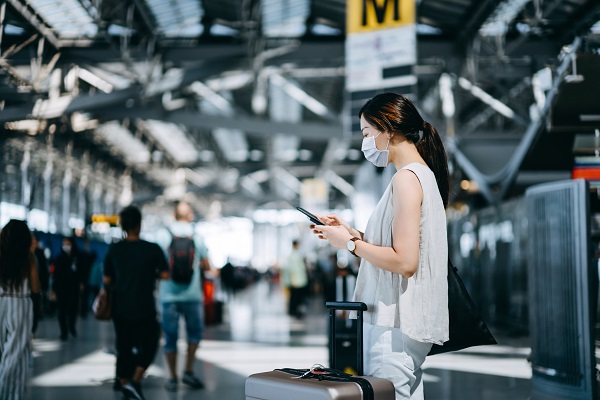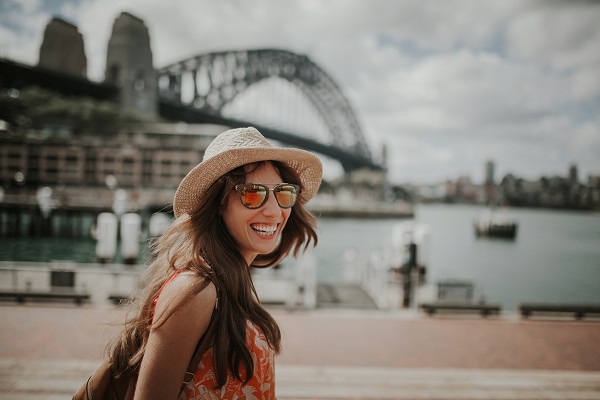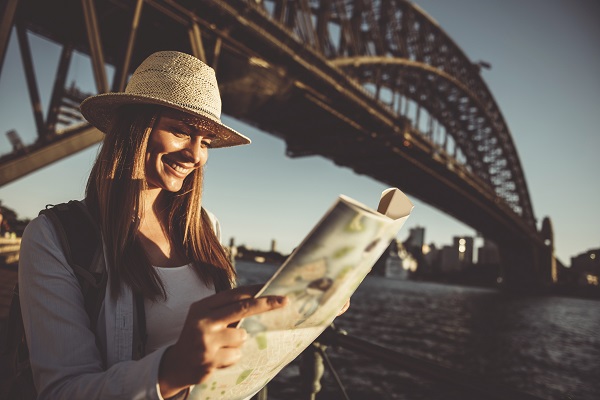-
If you’re heading here as a visitor (and sorted your visitor cover) you may need our handy guide on some of Australia’s native animals and the best places to spot them.
Dingo
Dingos are wild dogs that live all across Australia’s bushland. The best places to spot them are Queensland’s Fraser Island, the Kimberley in Western Australia and the deserts in Northern Territory and South Australia.
Kangaroo
There are 55 different native species of kangaroos and wallabies (a smaller species of kangaroo). Hopping up to speeds of 71km/h, they can be very dangerous if you find yourself in a boxing match with one. Kangaroos can often be spotted at dusk in most grassland areas, but for the best chance to see them, head to Namadgi and Kosciuszko National Parks in the Australian Alps, Pebbly Beach in New South Wales and Tasmania’s Freycinet National Park.
Koala
Despite popular belief, our koalas are not bears. They live in eucalyptus tree branches and can sleep up to 18-20 hours a day. You can spot koalas at Tidbinbilla Nature Reserve near Canberra, Port Stephens in New South Wales and the Lone Pine Koala Sanctuary in Queensland.
Wombat
Wombats are stout, burrowing animals that can weigh up to 36 kilograms. Some of the best places to see them in the wild are the Blue Mountains National Park in New South Wales, Wilsons Promontory in Victoria and Cradle Mountain-Lake St Clair National Park in Tasmania.
12 Australian animals and where to find them
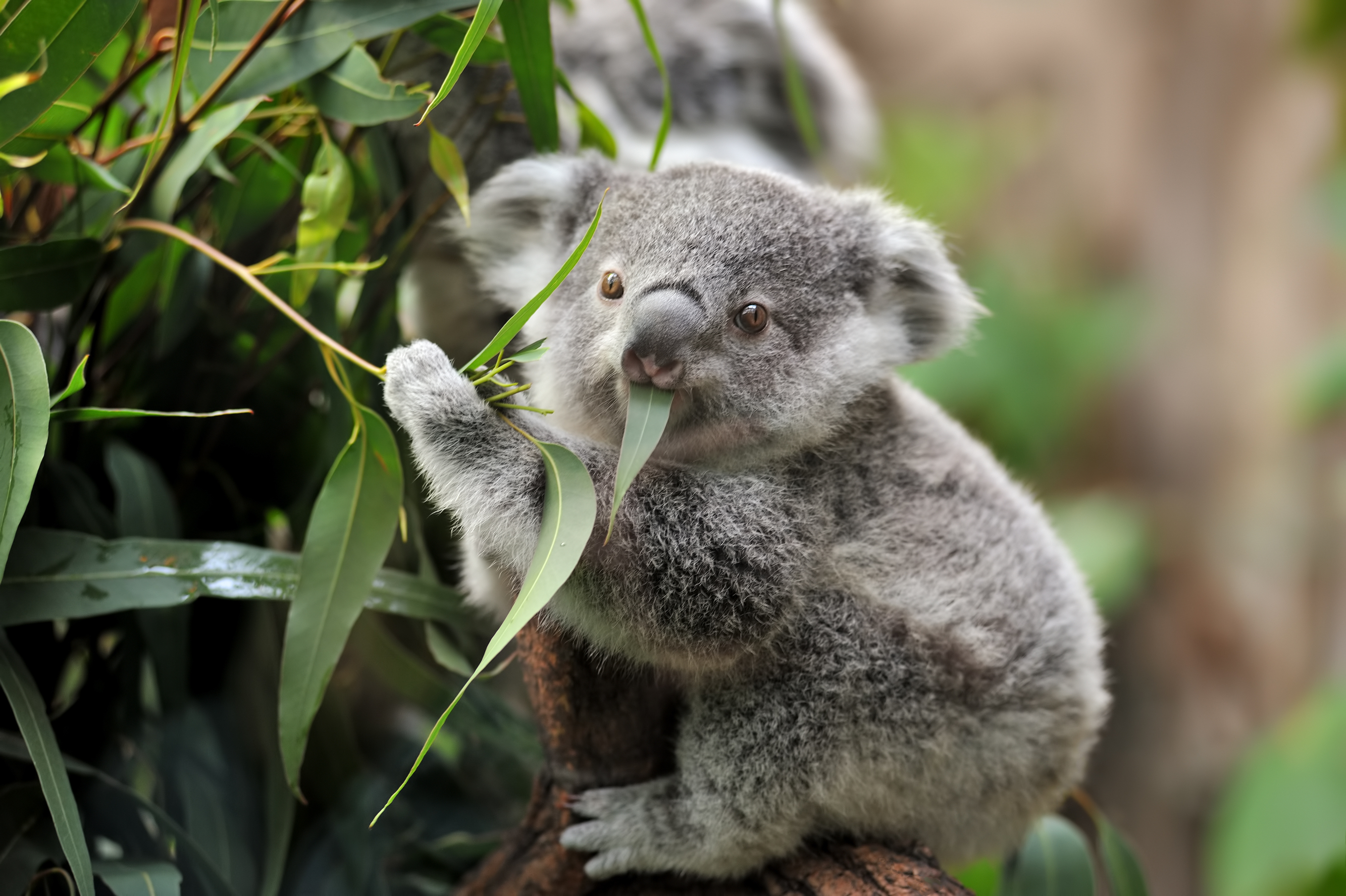
-
Platypus
Platypuses have duck like bills, furry waterproof bodies, and webbed feet. They live in river banks burrows and can be very difficult to spot. Your best chance to see them is in small streams and calm rivers along the east coast, such as the Tidbinbilla Nature Reserve near Canberra, Lake Elizabeth in Victoria’s Great Otway National Park and in northern New South Wales and Queensland.
Echidna
Echidnas, also known as anteaters, have a prickly coat like a hedgehog or porcupine – so don’t try to touch them! Kangaroo Island is one of the best places to spot them in the wild.
Emu
Emus are Australia’s largest native bird and stand nearly two metres tall. They can’t fly so you’ll find them on their feet in sclerophyll forests and savanna woodlands. They are also pictured on Australia’s national emblem!
Kookaburra
Kookaburras are social birds best known for their distinctive laugh. You can see (or hear) them in most Australian woodlands.
Penguin
Penguins are little aquatic, flightless birds with flippers. Visit them on the shores of Kangaroo Island in South Australia and Philip Island in Victoria.
Cockatoo
Cockatoos or ‘Cockies’ are best known for their beautiful yellow crest and ear-piercing squawks. Just look up in rural and urban areas to catch sight of them.
Crocodile
Australia is home to two crocodile species, the freshwater, found nowhere else in the world, and the saltwater crocodile (salties). The Kimberley, Kakadu National Park and Cape York Peninsula are excellent places to see crocodiles in their natural habitat. Just don’t swim with salties, they are known to attack humans.
Humpback Whale
One of the largest whales in the world, you can catch a glimpse of Humpbacks during their migration from May to November along the east coast.
To learn more on where to find, see or swim with native animals and marine life, ask a local or head to: australia.com
-
A guide to riding your bike safely in Australia
Whether you ride a bike for work, transport or leisure, it's essential to know how to stay safe on the roads. It might just save your life.
-
The seven wonders for Australia
Australia is spoilt for choice when it comes to beautiful travel destinations. Here’s our pick of the top seven wonders to explore down under.
-
Arriving in Australia: what you need to know about COVID-19
Everything you need to know about COVID-19 in Australia, such as restrictions, vaccinations and getting tested.
-
5 ways to look after yourself these holidays
Feeling lonely, experiencing financial stress, and losing your routine can be bad for your health.
-
A Step-By-Step Approach to Making New Friends
We share some tips to help build and maintain friendships while studying in Australia.
-
Plan your next Australian holiday with ease
Plan your next Australian holiday with ease with our tips and advice. From domestic flights to locations, we’ve got your next Aussie adventure sorted.
Subscribe to receive the best from Live Better every week. Healthy recipes, exercise tips and activities, offers and promotions – everything to help you eat, move and feel better.
By clicking sign up I understand and agree to Medibank's privacy policy

